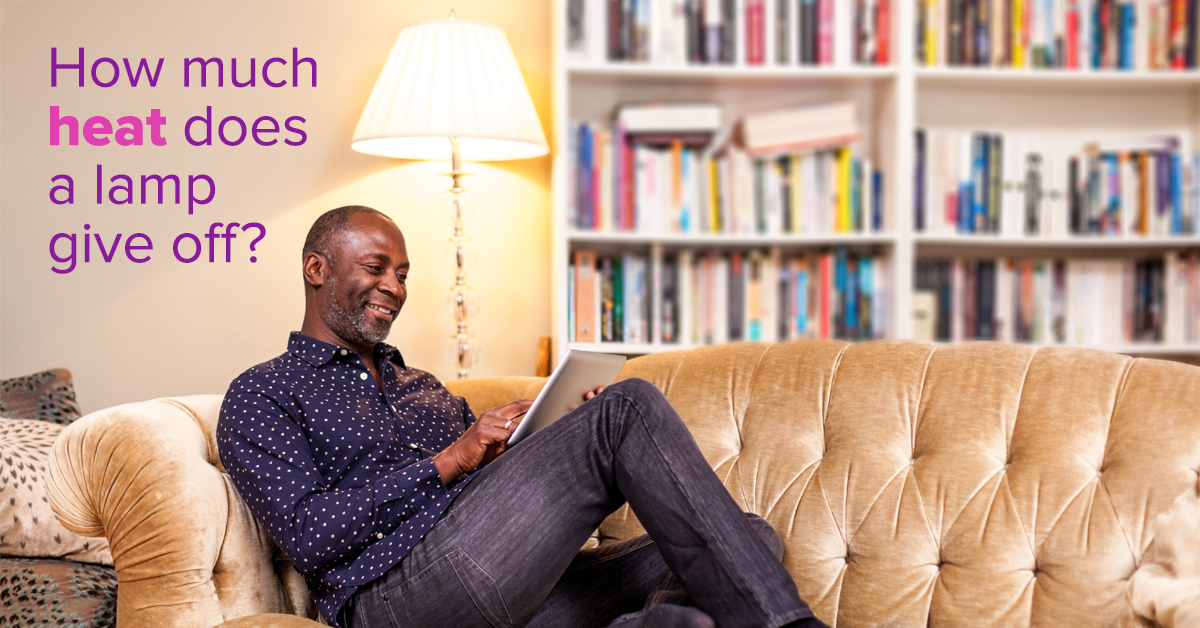
During the sunny summer months, most people find themselves reaching for the thermostat to help cool down, but did you know the sun isn’t the only thing making your room hot? It’s true! Most light bulbs and lamps give off more heat than light, and depending on the season, knowing when to use a lamp or the sun can save you a lot of money on energy costs.
To fully understand the way that light bulbs work, you need to understand the law of Conservation of Energy. Just in case your science classes are fuzzy, it is one of the basic laws of physics. It states that energy cannot be created or destroyed, and can only move from one state to another. That means that out of a 100 watt light bulb, the lightbulb can put out 100 units of light, or 100 units of heat. No matter what form, the energy will be released.
Incandescent light bulbs are one of the most common light bulbs on the market. You probably grew up with them in every fixture in your house, but did you know that they’re only 2.1% efficient? That means that for every 100 watt light bulb, only two of those watts is actually being turned into light. The rest is being turned into heat.
In the summer months, using an incandescent light bulb is not only going to heat up a room faster, but it is also going to cost more energy. It is cheaper and easier to simply leave a window uncovered and let in natural light during the summer.
The other most common light bulbs are fluorescent. They are becoming increasingly common as an efficient light bulb. They are over 8% efficient, meaning that out of 100 watts, 8 are turned into light. This is four time more efficient than incandescent light bulbs. These are particularly nice during the summer months because they put off less heat and are generally more energy-efficient.
It may seem silly, but there are light bulbs that purposefully put off more heat than light. In the summer months, a light bulb that puts off more heat is detrimental, but in the winter time, it could be used to heat a room and save energy. Instead of turning up your thermostat, you could use a purposeful light bulb to heat up your space.
Light bulbs and lamps give off more heat than most people would think. Knowing which light bulb to use during each season can save energy, so make sure to keep both kinds in the house and switch them when the season turn over!
Source: https://energy.gov/energysaver/led-lighting
Most Viewed Pages
- Where does your Power come from?
- How Much Heat Does a Lamp or a Light Bulb Give Off?
- Your Summer Survival Guide: Reduce Energy and Prepare for Hurricanes
- This or That Thursday: Coffee Maker, or Toaster?
- Fall Energy Saving Tips!
- Cutting Costs Around the House
- What You Ought to Know About Kilowatt Hours - kWh Explained
- 6 Tips for Finding an Energy Efficient Home
- The Four Best Things You Can do to Cut Energy Use in your Home
- 4 Ways to Improve Air Conditioner Efficiency











